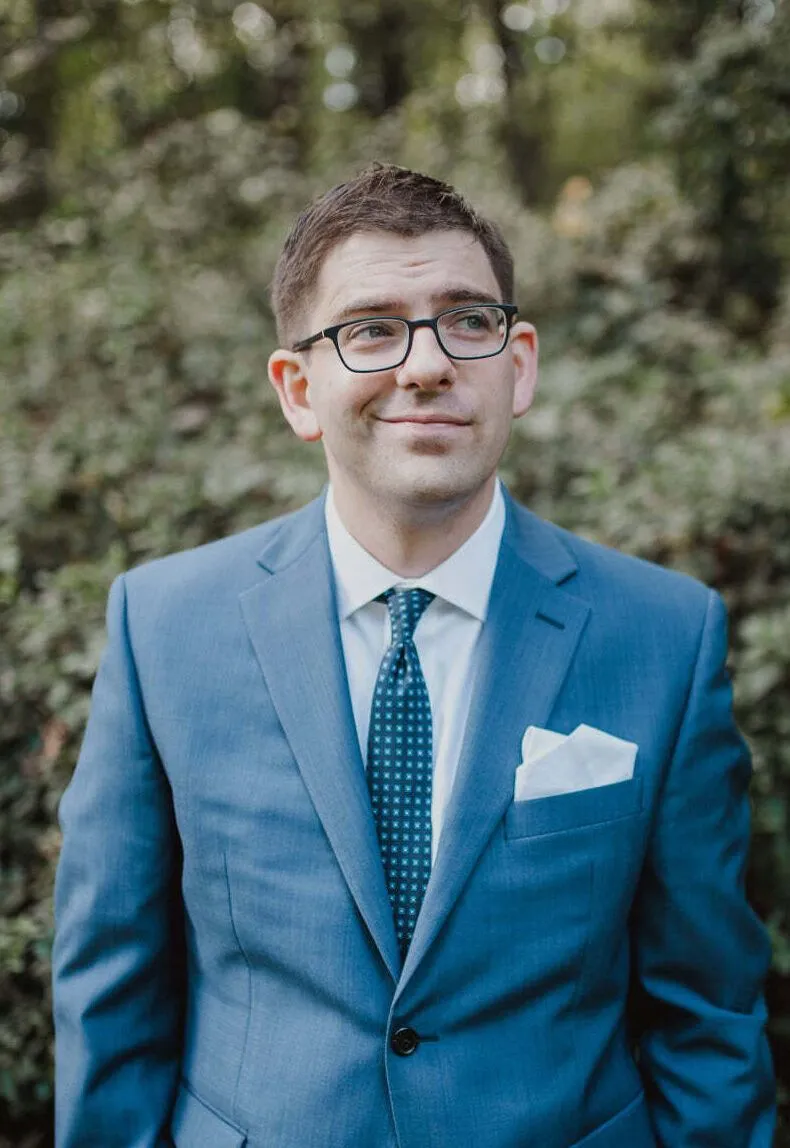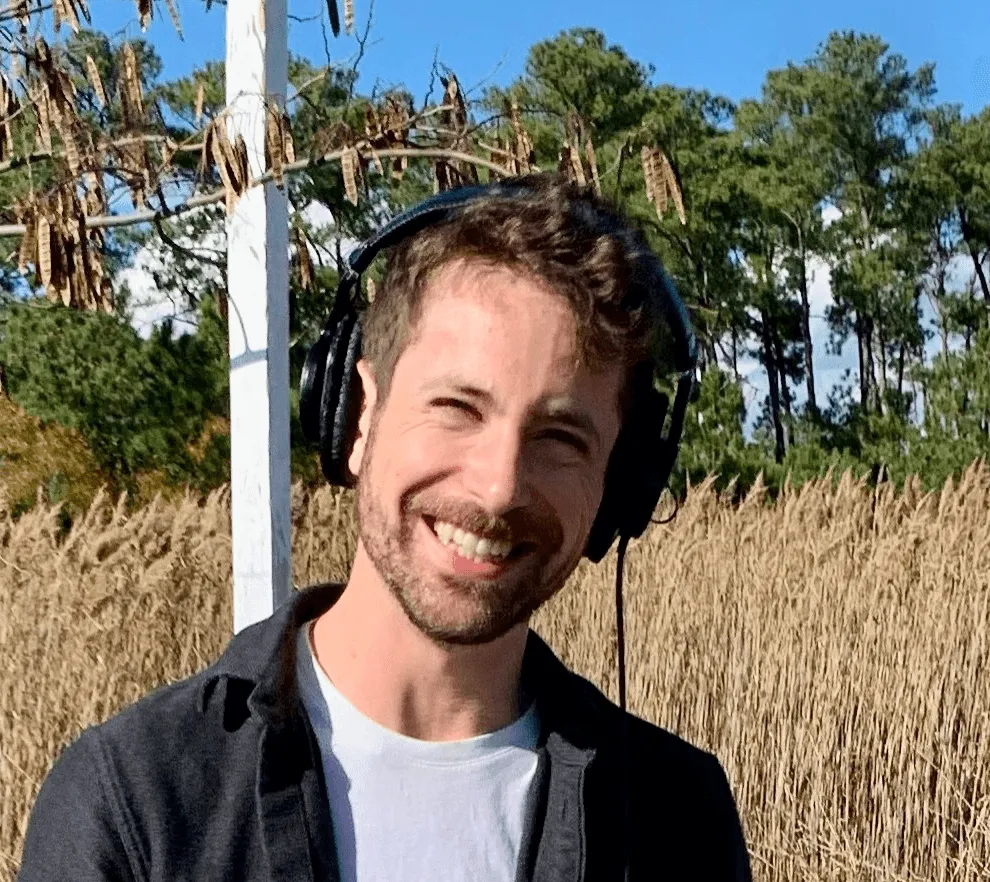
CLICK HERE PODCAST
Recorded Future News’ award-winning Click Here podcast tells stories about the people making and breaking our digital world. Hosted by former NPR Investigations correspondent Dina Temple-Raston, we introduce listeners to the shadowy characters behind ransomware attacks, disinformation campaigns, and hacks to the people trying to stop them. Click Here won a 2023 and 2024 National Edward R. Murrow award and was a 2024 Webby nominee for best tech podcast.
New episodes drop every Tuesday and Friday wherever you get your podcasts.
 |
 |
 |
Meet the Team
 Dina Temple-Raston
Dina Temple-Rastonis the Host and Managing Editor of the Click Here podcast as well as a senior correspondent at Recorded Future News. She previously served on NPR’s Investigations team focusing on breaking news stories and national security, technology, and social justice and hosted and created the award-winning Audible Podcast “What Were You Thinking.”
 Sean Powers
Sean Powersis a Senior Supervising Producer for the Click Here podcast. He came to the Recorded Future News from the Scripps Washington Bureau, where he was the lead producer of "Verified," an investigative podcast. Previously, he was in charge of podcasting at Georgia Public Broadcasting in Atlanta, where he helped launch and produced about a dozen shows.
 Megan Detrie
Megan Detrieis an executive producer for the Click Here Podcast. She was a narrative editor at Somethin’ Else and a founding producer of Marketplace’s "This Is Uncomfortable" podcast. Her work has been published by WNYC, ProPublica, BuzzFeed, The Atavist Magazine, CBS and NPR, among others.
 Zach Hirsch
Zach Hirschis a senior producer at the Click Here podcast. Previously he worked for North Country Public Radio and freelanced as a reporter, editor, sound designer, and was the co-host of the investigative podcast, "If All Else Fails. His work has been featured on NPR, iHeartMedia, and PRX.
 Erika Gajda
Erika Gajdais a producer for Click Here. Her work has included documentaries, nonfiction TV, and podcasts for the BBC, National Geographic, Netflix, Channel 4, and Sony Music Entertainment. In a previous life, Erika worked behind a microscope studying insect biology.
 Lucas Reilly
Lucas Reillyis a writer for the Click Here podcast. He writes long-from documentary podcasts. His credits include "Big Brother: North Korea's Forgotten Prince," which charted as the #9 history podcast in the nation. He was also writer and story-editor of "Forgotten: The Women of Juarez," which was nominated as "Podcast of the Year" and ranked among the top podcasts of 2020 by "The Atlantic."
 Karen Duffin
Karen Duffinis an editor for the Click Here podcast. She's a longform narrative reporter, editor, and podcast host. She was a co-host of NPR's Planet Money and, before that, a reporter at This American Life and More Perfect. Karen's stories have also appeared on Radiolab, Reply All, Rough Translation, On the Media, The Rumpus and others.
 Lu Olkowski
Lu Olkowskiis an editor of the Click Here podcast. She's an independent producer based in New York. Her radio work has been heard on State of the Re:Union, Studio 360, This American Life, Radiolab, All Things Considered, Weekend America, The World, and the BBC World Service among others.